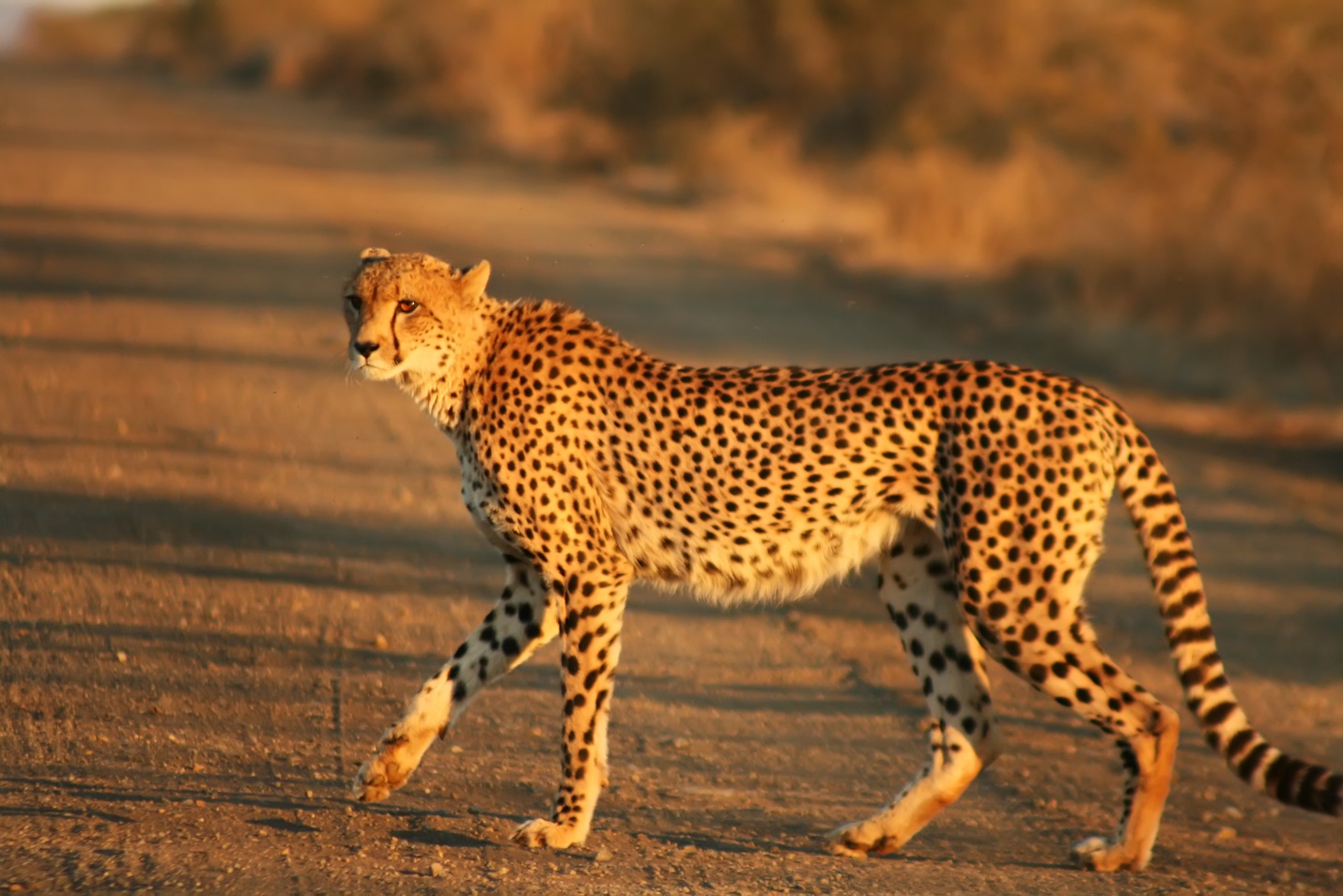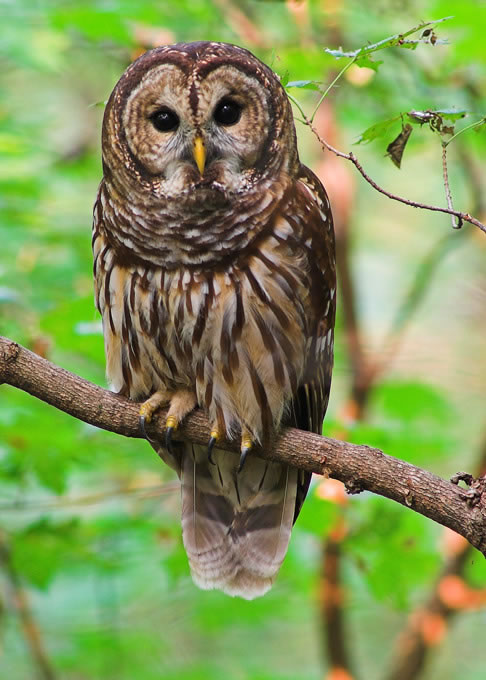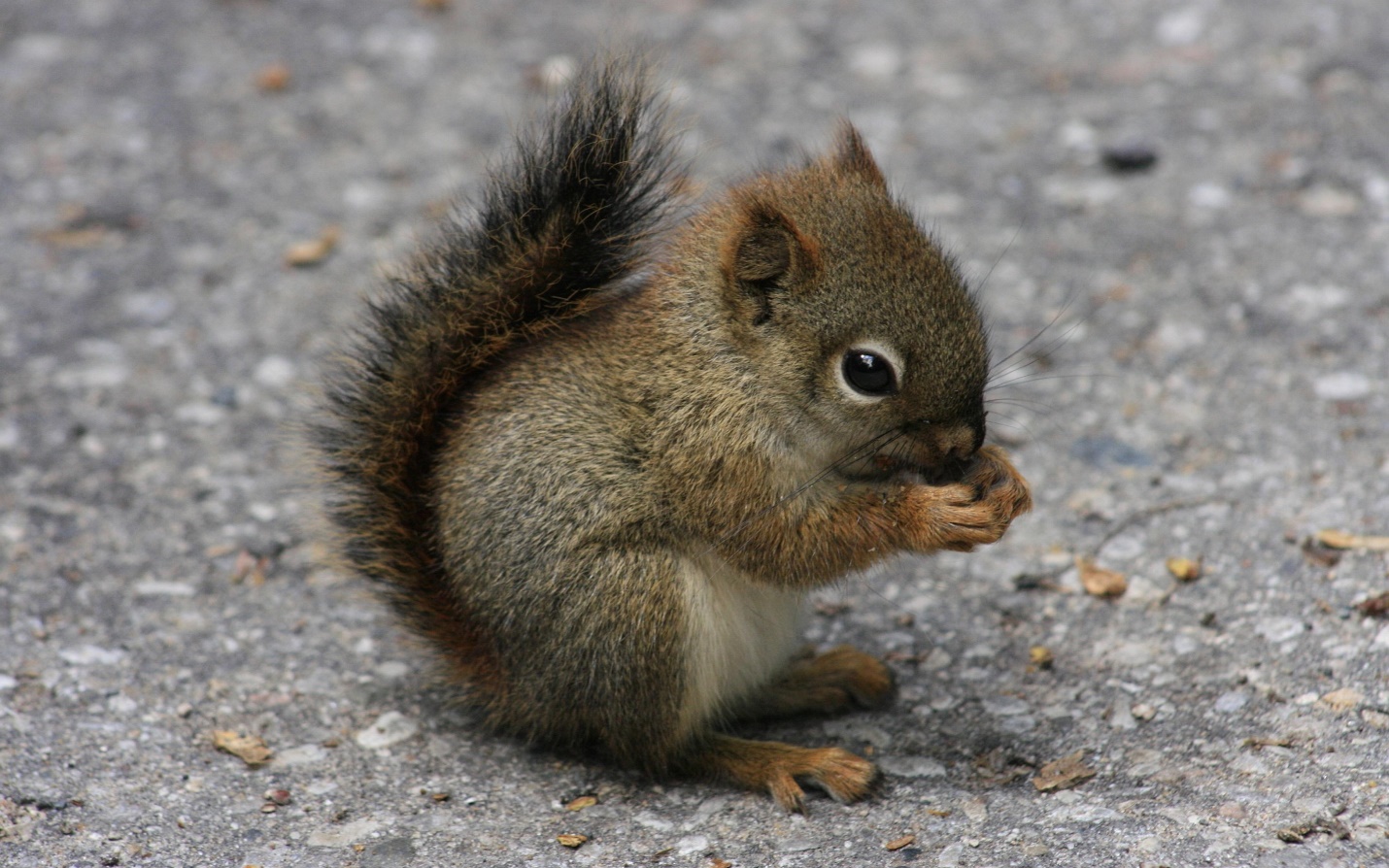- Преподавателю
- Иностранные языки
- Сравнительные степени прилагательных
Сравнительные степени прилагательных
| Раздел | Иностранные языки |
| Класс | 5 класс |
| Тип | Другие методич. материалы |
| Автор | Магрупова Ж.Ш. |
| Дата | 02.05.2015 |
| Формат | docx |
| Изображения | Есть |
The theme of the lesson:
"Comparatives of adjectives"
The objective of the lesson: to get the students familiar with the fauna vocabulary as well as using various adjectives and comparatives.
The aims of the lesson:
-
To develop students' skills of reading, speaking, writing and listening.
-
To teach the students the new fauna vocabulary
-
To guide the students how to use the comparatives of adjectives.
The type of the lesson: traditional
The materials: books, cards.
Vocabulary: squirrel, bear, zebra, owl.
Lesson procedure
-
Organization moment.
The teacher greets the students: "Hello, how are you today?", "What is the weather like today?", "What's the date today?", "Who is on duty?", "Who is absent?"
-
Revising and predicting.
The teacher writes the word "ANIMAL" on the board with the gaps-A_I_A_S. The students have to guess the word. "Yes you have guessed right! We are going to talk about animals today". The teacher shows the cards, illustrating the animals. The students are to name them then the teacher writes them on the board.
-
Pair work.
The teacher hangs out the cards with the questions on them. The students have to ask each other in pairs.
"What is your favorite animal?
"What does it look like? What can it do?"
"Why do you like it?''
"Can you find this animal in our country?''
"Do you have a pet at home?" If yes what animal, how old is it? The teacher then asks a few students about their partner.
-
Explaining new material.
The teacher asks the students what adjectives they know. Then writes them on the board:
Big easy good dangerous hot cold
Small beautiful bad expensive
One student comes to the board and categorizes the adjectives into 2 groups:
Short adjectives (1 syllable)
Long adjectives (2 syllables)
Big
Easy
Good
Hot
Cold
Small
Bad
Dangerous
Expensive
Beautiful
The teacher points out that they need to use "Than" when using the adjectives.
The teacher explains that there are 4 types of the adjectives:
-
we put the suffix "ER" to the short adjectives and the word "MORE" to the long ones.
Small-smaller, big-bigger, expensive-more expensive
-
If the word ends in Y they should change Y into I and suffix "ER"
Easy-easier
-
There are irregular adjectives as well: good-better, bad -worse
-
The teacher writes on the board the following words. The students have to put the words in order to make sentences in their copy-books. Then the teacher asks different students to read their sentences.
-
Bigger lions are cats than. (Lions are bigger than cats)
-
Than dogs smaller elephants are. (Dogs are smaller than elephants)
-
More than tigers dangerous are cats. (Tigers are more dangerous than cats)
-
A heavier than a zebra is monkey. (A zebra is heavier than a monkey)
-
Group work.
The students get the cards with the texts and the pictures. In 4 groups they have to match the pictures with the texts.
-
This animal is small and brown. It has a big tail and eats nuts. Thy can climb the trees. They are very nice and kind animals. They are called squirrels.
-
This animal is very fast. It can run long distances. It has spots and a long tail. They look like tigers. They are called cheetahs.
-
This is a bird. It can see in the dark. They have very big eyes and usually sit on the trees. They are called owls.
-
They are type of spiders. They live in holes in the grounds. The have 8 legs. They are called tarantulas.
Then they have to write the adjectives from the texts and make comparative forms of them.
-
Conclusion. Today we have talked about some animals and how we can make comparatives of the adjectives.
-
Reflexion. "Did you like the lesson?" What did you like?" "What was hard for you?".
-
Evaluation. The teacher puts the marks.
-
Homework.
Application:
-
Card 1
"What is your favorite animal?
"What does it look like? What can it do?"
"Why do you like it?''
"Can you find this animal in our country?''
"Do you have a pet at home?" If yes what animal, how old is it?
-
Card 2
-
This animal is small and brown. It has a big tail and eats nuts. Thy can climb the trees. They are very nice and kind animals. They are called squirrels.
-
This animal is very fast. It can run long distances. It has spots and a long tail. They look like tigers. They are called cheetahs.
-
This is a bird. It can see in the dark. They have very big eyes and usually sit on the trees. They are called owls.
-
They are type of spiders. They live in holes in the grounds. The have 8 legs. They are called tarantulas.






